Neck pain is a common symptom that everyone experiences at least once in their life. This may indicate disease of internal organs, stretching of muscles and ligaments, or occur against a background of hypothermia. If your neck hurts, you should seek medical attention. Only after examination and other diagnostic measures can the cause of the disease be known and the correct treatment can be selected.
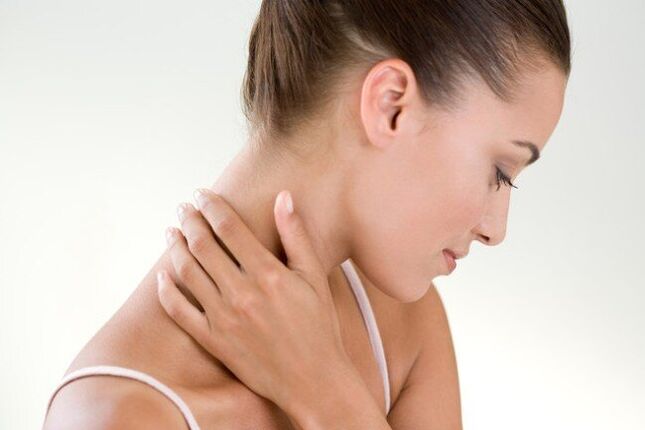
Neck pain can occur for a variety of reasons. If your neck hurts, you need to see a doctor
Why do adults get neck pain?
Pain in the neck area is divided into 2 types:
- cirvicalgia-spasm occurs in one place, characterized by a gradual course and varying degrees of intensity;
- cervicago - is manifested by unexpected pain with sudden or prolonged head movements in one position.
Doctors identify the following causes of neck pain:
- Cervical osteochondrosis. The disease develops with an inactive lifestyle and improper diet. The patient complains that the neck and head ache from the back, there is tinnitus and dizziness, it becomes difficult to turn the neck, the movement is accompanied by cracking.
- Herniated Disc. With such a pathology, the neck on the left side hurts, the disc sticks out, causing pain in the lower back. Hernias can be healed with vacuum therapy and acupressure.
- Scold. After vigorous physical exercise, a person may feel acute pain in the neck. The affected area swells, it becomes impossible to turn the head, the risk of fainting increases. To alleviate the condition, the patient is given an anesthetic, hot or cold compresses are made, and the stretch area is massaged.
- Cervical spondylosis. Dangerous diseases that often lead to disability. It is often diagnosed in athletes with trauma or in the elderly. They complain that the neck and back of the head are always sore, and there is discomfort when turning the head. To relieve inflammation and pain requires medication, physiotherapy in combination with physiotherapy training to restore the ability to work.
- Cervical myelopathy. It develops after narrowing of the spinal cord. the person feels weakness and pain in the neck. His speech slowed down and movement coordination was disrupted. The pathological cause can be a road accident or a fall from a height. Patients are advised to undergo physiotherapy, wear a soft neck collar and perform strengthening exercises.
- Whiplash injuries. Occurs after a fall, accident or fight. It is accompanied by sharp pain in any part of the neck. With whiplash injuries, the ligaments are damaged, resulting in loss of cervical lordosis and prominent head position. Treatment can last from 1 month to six months.
- Cervical spine injury. Someone noticed that his neck was always sore and hematomas appeared. In this case, it is necessary to wear a special collar for 3 to 6 months.
- Contagious disease. Skin infections cause acute pain and inflammation. With rubella or a sore throat, the lymph nodes in the neck swell and ache.
- Diseases of internal organs. If the pain syndrome occurs in the right hypochondrium, and the neck is sore on the right, then the cause may be cholecystitis. If the neck hurts and releases whiskey in the morning, then this is a symptom of hypertension. With angina pectoris and myocardial infarction, neck and arms ache. Neck cramps and pain in the front can indicate esophageal and thyroid disorders. Nerve damage is observed in the event of poisoning with toxic substances. With severe pain in the cervical spine, high blood pressure may occur. If the neck on the right side is sore and it is impossible to move it, these are signs of meningitis. With laryngitis and pharyngitis, the pain can be localized to the right and to the left.
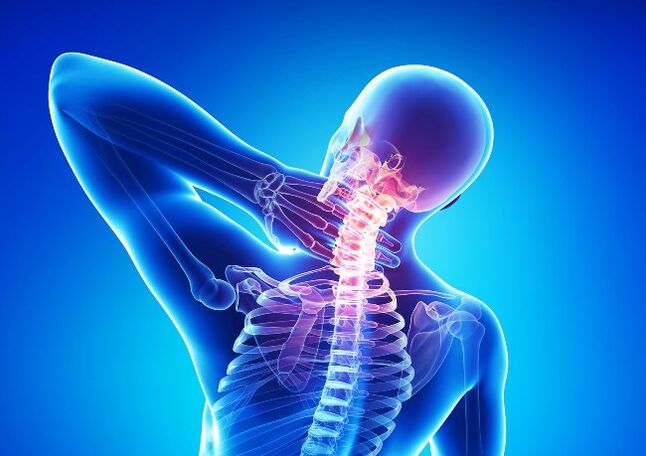
Often, the neck feels sore after sleep due to uncomfortable body position or hard pillows.
Frequent stress and psycho-emotional stress can cause discomfort in the neck and back. The sensation of pain and tingling in the neck and shoulders requires injections or anesthetics.
If the neck is sore below the jaw, then this may indicate a fracture, osteomyelitis of the jaw, or temporomandibular joint dysfunction. With a broken lower jaw, the patient feels a strong pain syndrome, his soft facial tissues swell, become sore or impossible to chew. Osteomyelitis is accompanied by infectious and inflammatory processes, fever, headache and chills.
Causes of neck pain in children
In children, neck pain may occur against a background of reasons such as:
- Excess muscle or sprain while playing sports.
- Pain after a fall or car accident.
- Uncomfortable position while sleeping or sitting at the computer.
- Meningitis: accompanied by increased irritation, headache, fever, photosensitivity, decreased appetite, nausea and vomiting. If left untreated, the disease can lead to serious complications and death.
- Lyme disease. Pathology is often spread through flea bites, so it is necessary to examine the neck for signs of bite while outside.
Pain medications are prescribed to treat neck pain and inflammation in children. Wearing a heating pad to your neck for 20 minutes will help reduce muscle cramps. Also, the child should sleep with a towel around his neck or a padded collar to avoid frequent head movements.
Diagnostics
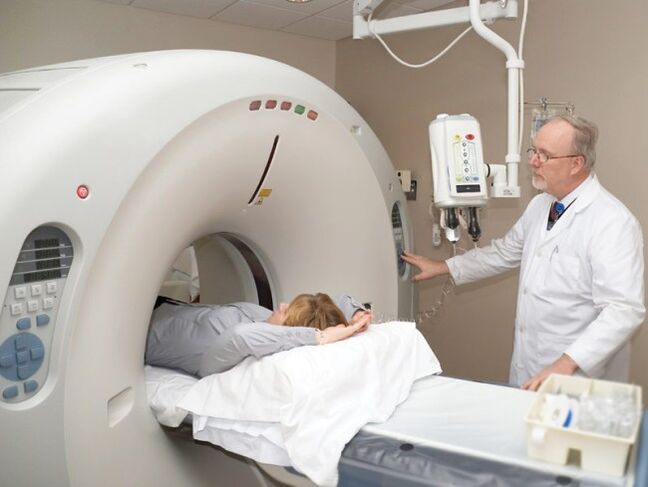
To determine why the neck muscles are sore, the doctor performs an examination with palpation, after which additional examination methods are used:
- radiography;
- myelography;
- reflex and sensitivity neurological examination;
- computed tomography of the spine;
- MRI;
- nuclear magnetic resonance.
If you suspect osteomyelitis of the jaw, you should see an otolaryngologist and dentist. In addition to X-rays, patients must undergo blood tests to identify the cause of the infection.
Drug treatment
When the neck is severely sore with osteochondrosis, the doctor prescribes complex therapy, including a special diet, a set of exercises, medications and preventive measures. To relieve pain and treat this disease, the following groups of drugs are used:
- Anti-inflammatory drugs.
- Antispasmodic.
- Antioxidant drugs: ascorbic acid, vitamins E and N.
- Means to improve blood circulation.
- Preparations for the prevention of degenerative changes in cartilage tissue.
The drug can be used in various forms. In acute complications, nerve block is required. There are several types of blockages: intraosseous, paravertebral, facet and epidural. All of which help relieve muscle tonic syndrome.
In combination with medication, it is useful to perform physiotherapy procedures. They relieve pain and enhance the effects of drug therapy. The most effective procedures are considered to be magnetotherapy, laser therapy and treatment with low frequency currents. To correct posture and strengthen the ligament apparatus, kinesitherapy and physiotherapy exercises are prescribed. If you exercise regularly, then metabolic processes will be normal, the location of the spine and discs will be restored, the load will be evenly distributed in the musculoskeletal system.
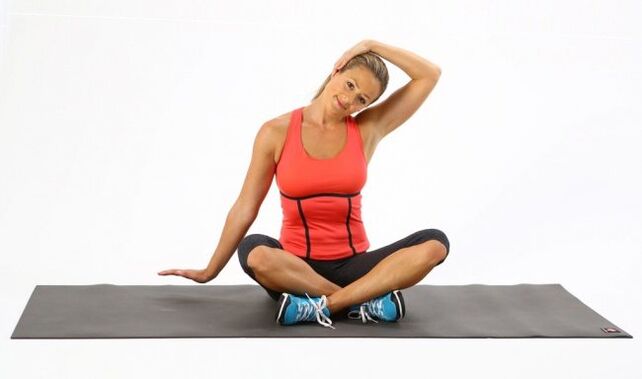
The principle of the diet for osteochondrosis is to add dietary foods that contain large amounts of unsaturated fatty acids and antioxidants to improve metabolic processes. Food must be fractional, up to 6 times a day.
We recommend including the following products in the menu:
- lean meats and fish;
- fresh fruits and vegetables;
- dairy products and fermented milk;
- grain;
- nuts;
- seeds;
- mushrooms;
- olive oil.
It is best to steam, boil or bake a plate. You should also limit the use of flour products, spices, smoked meats, canned foods, saturated meat broths, sweets and fruits with high sugar content.
Important!You need to replace strong black tea with herbal ingredients, sugar -free fruit drinks and dried fruit compote. Limit alcohol and carbonated beverages completely.
Persistent pain often makes patients irritable, so doctors prescribe sedatives and antidepressants. If the neck on the left side is sore, you can relieve the symptoms with a warm heating pad or wrap a scarf around your neck.
For cervical myelopathy, decongestant and anti-inflammatory drugs are used. If the nerve endings are compressed, then an injection of steroid hormones will be needed. When an infectious agent is detected in the body, antibiotics are included in the treatment.
Notes!In ischemic cervical myelopathy, effective use of neuroprotectors and drugs that have a vasodilating effect.
If a patient is diagnosed with cervical spondylosis, then he or she is given anti-inflammatory drugs and chondroprotectors. With severe pain, analgesics are used, with severe muscle spasms, muscle relaxation. Manual therapy and gentle massage are also indicated. With acute pain syndrome, blockage is blocked in the affected area. In combination with drugs, it is useful to carry out physiotherapeutic procedures - electrophoresis with novocaine, ultrasound treatment and complex physiotherapy exercises.
Complications
If the neck hurts due to osteochondrosis, then improper treatment or its absence can lead to serious complications:
- intervertebral hernia;
- kyphosis;
- protrusion of the intervertebral disc;
- radiculitis;
- salt deposits in the spine;
- spinal stroke;
- circulatory disorders;
- amyotrophy;
- paralysis of the lower limbs.
Prophylaxis
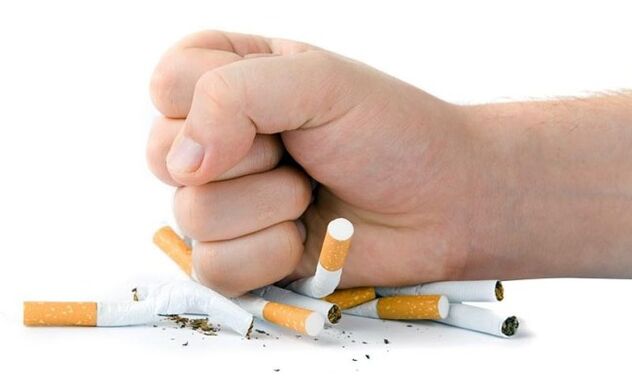
To avoid neck pain, some guidelines should be followed:
- Avoid hypothermia.
- Stop smoking.
- The right weight.
- Do physiotherapy exercises every day.
- Contrast bath.
- Visit the pool.
- Don't push the weight.
- Monitor your body posture.
- Warm your neck during the winter.
- If you are in a static state for a long time, rest every 50 minutes and restore blood circulation by warming up.
- Choose orthopedic mattresses and pillows for sleeping.
- Wear comfortable shoes to reduce pressure on the spine.
- Walking barefoot on uneven surfaces in the summer to strengthen leg muscles and relieve tension from the musculoskeletal system.
- Stick to proper nutrition.
- Take a massage course.
- Learn methods of relaxation with increased anxiety and emotions.



































